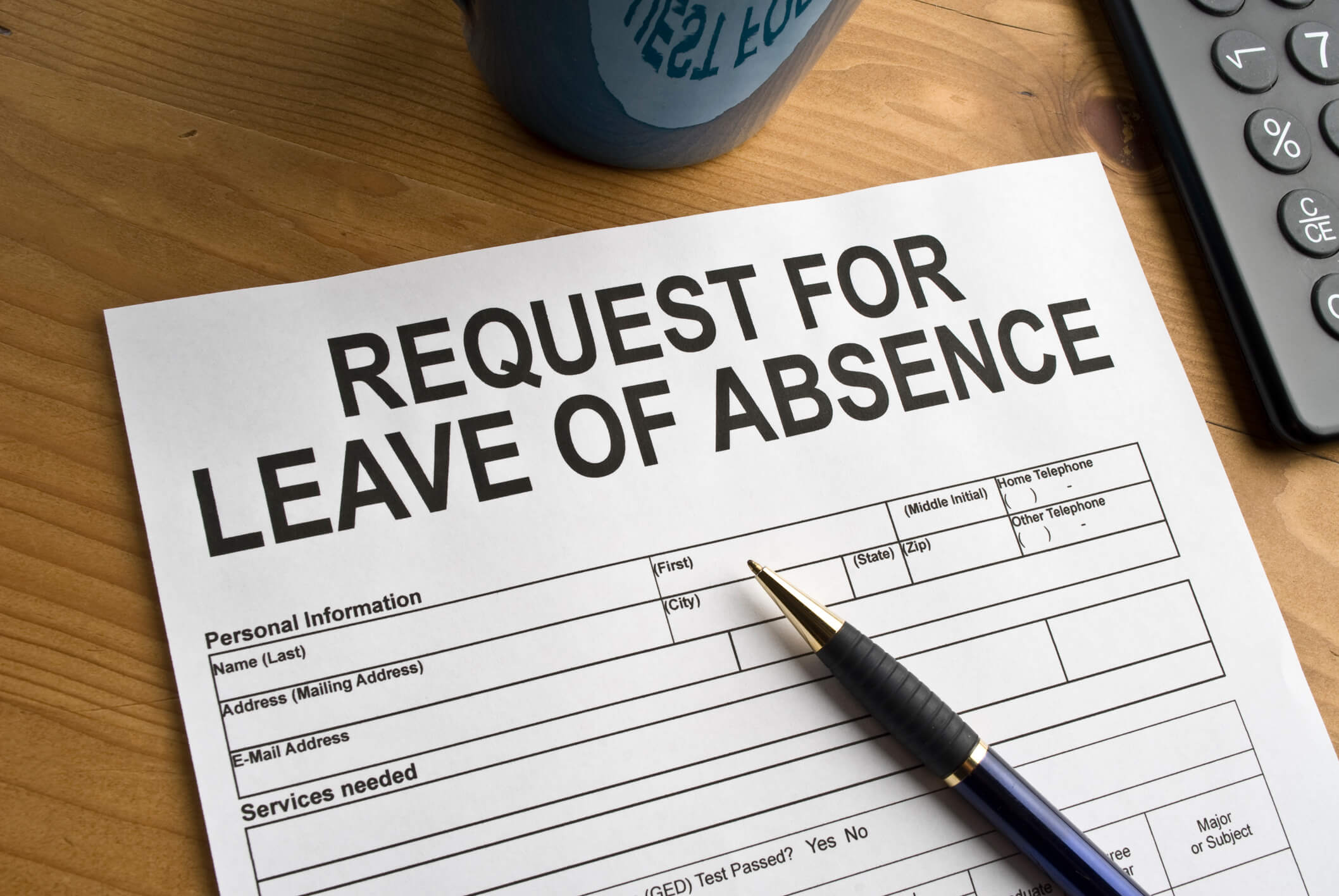Earlier this year, New York State enacted a statewide paid sick leave (PSL) law, which took effect on September 30, 2020. Entitlement to use leave under the law begins on January 1, 2021, and, the New York State Department of Labor (NYSDOL) has published PSL guidance and answers to frequently asked questions (FAQs). In order to provide greater clarity concerning the requirements of the law, on December 9, 2020, the NYSDOL published proposed regulations.
Specifically, the proposed regulations seek to provide employers with clarification by doing the following:
- specifying that certain terms contained in the law, including but not limited to “[c]onfidential [i]nformation,” “[d]omestic [p]artner,” “[f]amily [o]ffense,” “[n]et [i]ncome,” and “[p]reventative [m]edical [c]are,” would have the same meanings as in specified other provisions of state law where those same terms appear;
- prohibiting employers from requiring documentation “in connection with sick leave that lasts less than three consecutive previously scheduled workdays or shifts,” prescribing limits on the information that may be requested in support of an employee’s need for longer periods of leave, and preventing employers from requiring employees to “pay any costs or fees associated with obtaining medical or other verification of eligibility for use of sick leave”;
- outlining parameters for employers to “count” their employees for purposes of determining leave accrual entitlement, including in the event of a change in number of employees that would affects such entitlement; and
- clarifying how time is accrued when work is performed in intervals other than precise 30-hour units.
The NYSDOL will accept comments on the proposed regulations until February 7, 2021. Once the comment period has closed, the NYSDOL will consider the comments received and publish final regulations.
Pending the issuance of final regulations, New York State employers may wish to consider undertaking the following measures:
- reviewing and updating current sick leave policies and practices to conform with the requirements of the law and existing guidance;
- reviewing payroll practices to ensure alignment with the requirements of the PSL law and guidance;
- communicating changes in policies and practices to employees; and
- training supervisory and managerial employees, as well as human resources professionals, on the requirements of the law.






